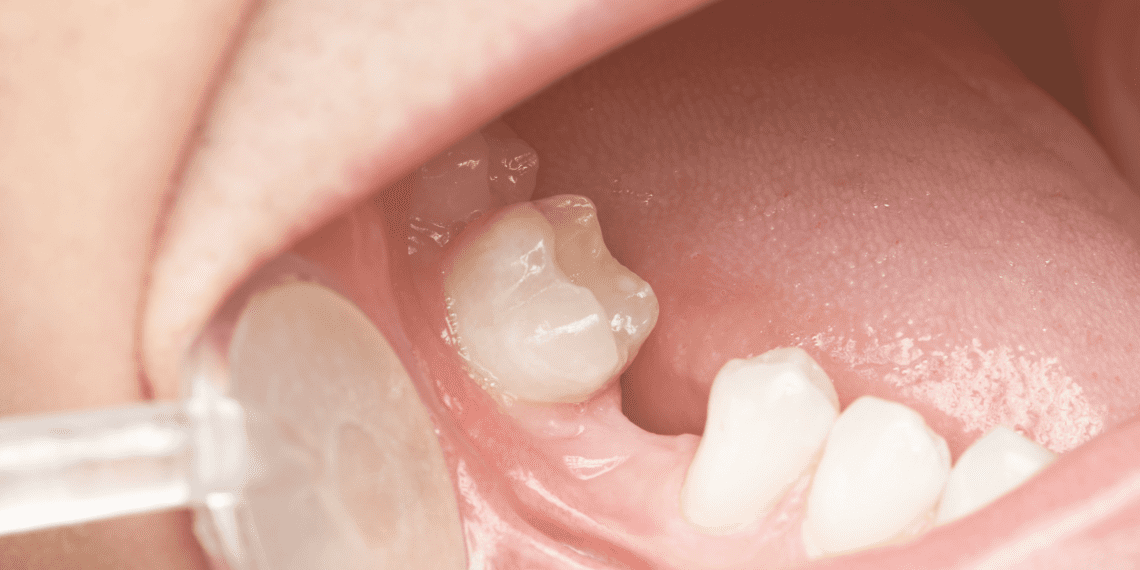If you have lost a tooth or teeth, getting a replacement as soon as possible is recommended by getting dental implants to prevent bone loss. Your teeth are supported by bone that will shrink over time if a tooth root is missing or due to complications like osteoporosis and gum disease. Fortunately, there is a way to reverse dental bone loss to prevent further loss or complications. The Encino bone grafting specialists can assess your needs to design the best treatment for you. Bone grafting can be recommended if you can gain from dental implants, but you do not have enough bone to support the devices. Here is what you can gain from the treatment.
Table of Contents
Complete Reversal
The only way to completely reverse bone loss is through bone grafting. Although the procedure is done mainly as part of the dental implant procedure, it can also be done separately if you are not getting implants. Generally, the wound heals after about two weeks, and your doctor might tell you to wait about 3-6 months before you can experience the procedure’s benefit. Your provider will discuss the details of your treatment based on the approach they take.
Promoting Bone Regrowth
Your dentist can take an approach aimed at promoting the regrowth of your bone. They can recommend osteogenesis: bone grafting, which involves harvesting bone from a source like your mandible and transferring it to the area of bone loss. The bone cells transferred multiply and bring about new bone in the area, replacing the lost bone. It is highly recommended your own bone be used since your body already knows the bone cells and will readily accept them. Bone marrow transplant is also commonly used in osteogenesis bone grafting.
Providing a Scaffold for Bone Growth
Your provider can use osteoconduction bone grafts that involve using a scaffold material like bioactive glass alongside a bone graft to promote bone growth. Your provider will implant a bone graft in the treatment area alongside the scaffold for bone cells to grow and multiply. The bioactive glass is also transplanted into the treatment area to promote regeneration of the dental bone. It releases growth factors that stimulate bone-forming cells to lay down the bone.
Promoting Stem Cell Growth
Your provider can also use osteoconduction bone grafts to promote stem cell growth. In this technique, your provider will use bone grafts like Demineralized Bone Matrix (DBM) to stimulate the growth of stem cells. The bone graft extracted from bone banks and cadavers will be transplanted in the bone loss area to cause the stem cells to grow, which then turn into bone-forming cells. They heal the bone defects and form new bones. The bone grafts are tested to see if they suit your body to ensure they are accepted.
Preventing Further Bone Loss
If you are getting dental implants to replace your lost tooth or teeth but have suffered bone loss, bone grafting is necessary. Your provider will implant bone grafts where the bone has been lost. After about two weeks, you will receive your implants which provide a unique attachment to the body, promoting bone growth. Implants also promote gum health which prevents further bone loss.
If you think you need bone grafting, contact the Sargon Dental specialists for help. You can schedule your consultation appointment via a call or online platform to understand your options.

